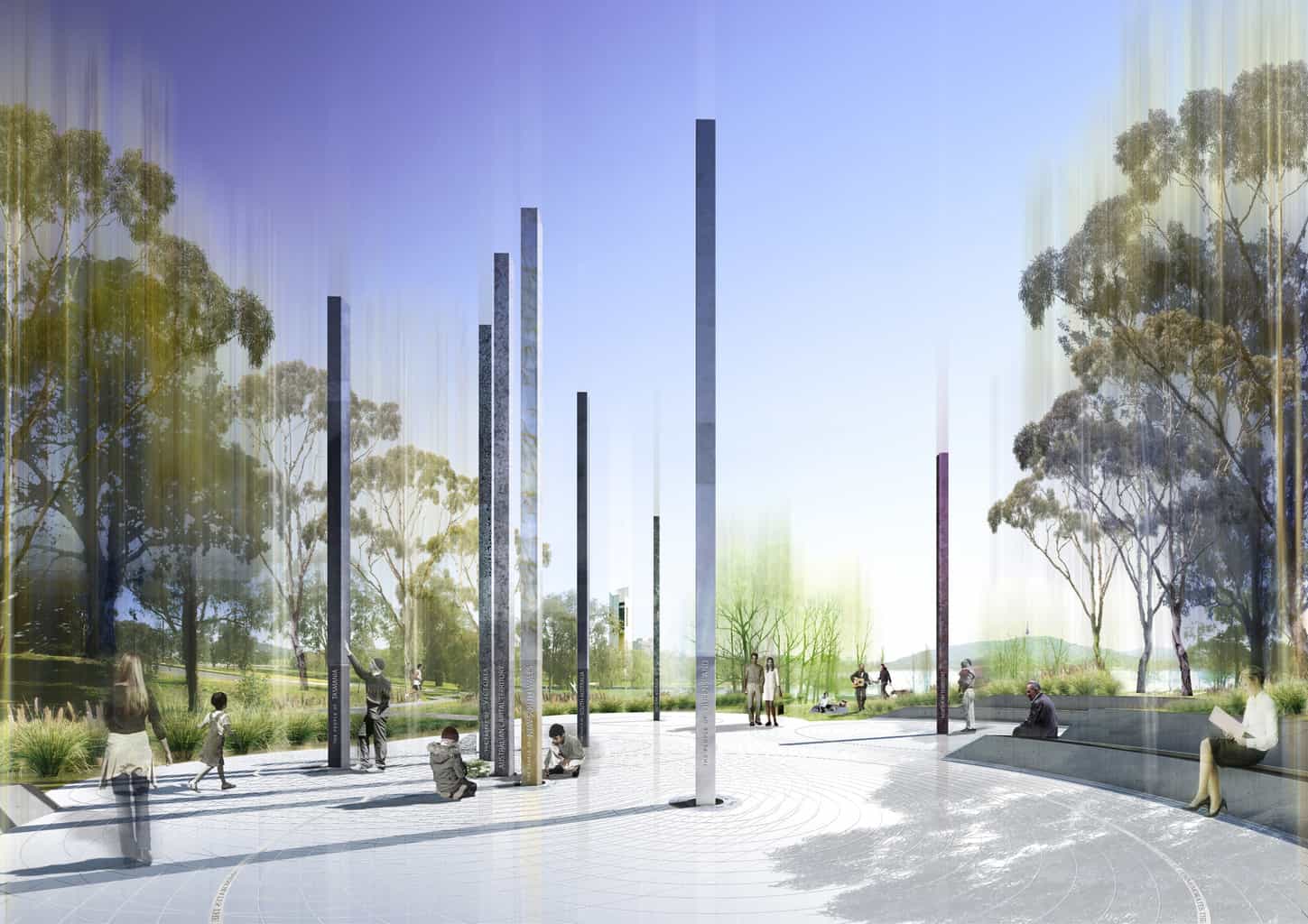 For several years Australia has been designing and constructing a National Workers Memorial. This weekend, on the World Day for Safety and Health at Work, Australia holds its first national remembrance day at the new memorial on the banks Lake Burley Griffin in Australia’s capital city, Canberra.
For several years Australia has been designing and constructing a National Workers Memorial. This weekend, on the World Day for Safety and Health at Work, Australia holds its first national remembrance day at the new memorial on the banks Lake Burley Griffin in Australia’s capital city, Canberra.
The memorial has been coordinated by the National Capital Authority who has established a website for this memorial. The website will have live coverage of the inauguration ceremony at 11.00am AEST. Continue reading “Australia set to open its National Workers Memorial”



![iStock_000002335978Small[1] asbestos](http://safetyatworkblog.files.wordpress.com/2012/06/istock_000002335978small1-asbestos.jpg?w=198)